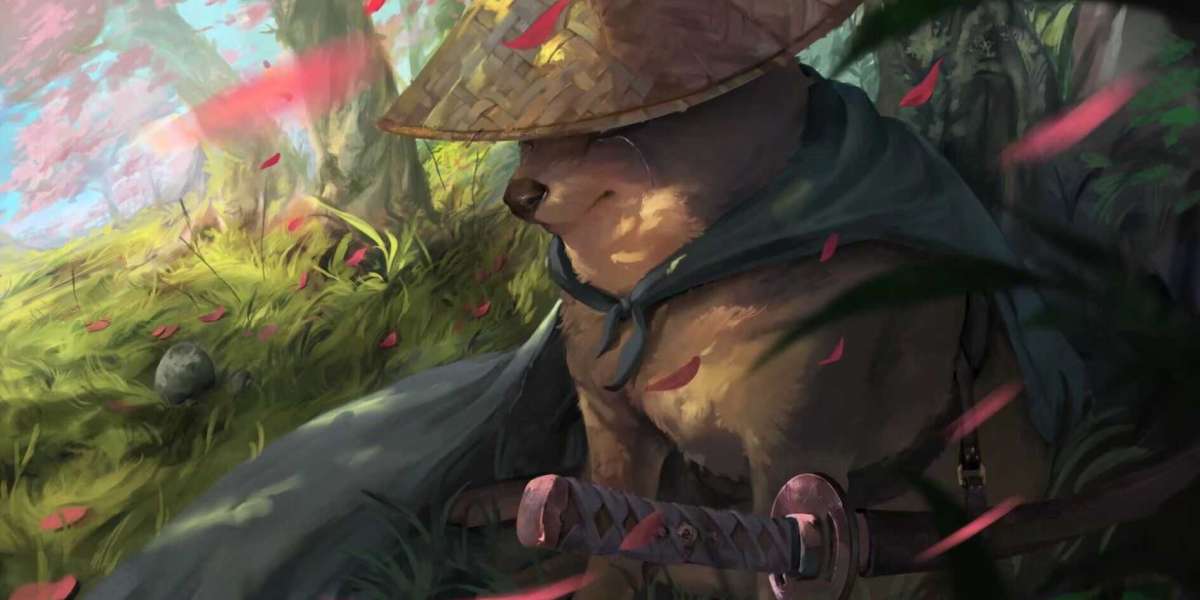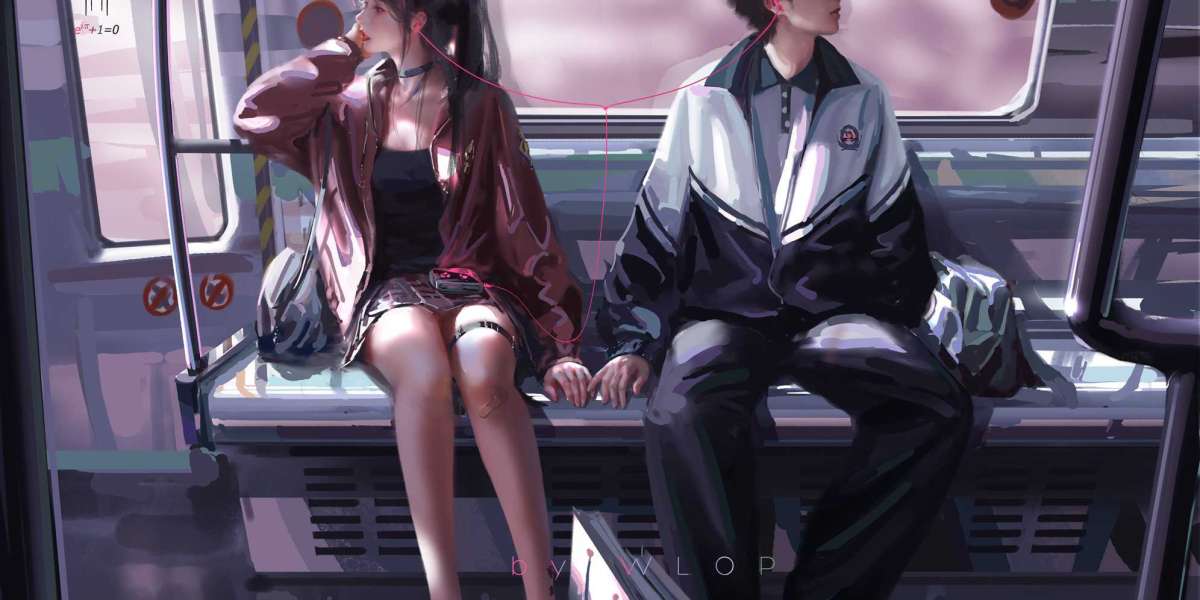Unleashing the Magic: How AI Transforms Still Images into Captivating Videos!
The rise of artificial intelligence (AI) has been nothing short of revolutionary, permeating various sectors including visual media. As technology evolves, the shift from static images to dynamic videos has become increasingly significant. This transformation not only enhances the way we consume content but also redefines storytelling. Imagine scrolling through your social media feed, where a simple photograph springs to life, narrating a story in a matter of seconds. In this article, we will delve into the fascinating technology that allows AI to convert images into captivating videos, exploring the algorithms and methodologies that make this magic possible.
Understanding AI and Its Role in Image to Video Conversion
To grasp how AI excels in transforming images into videos, we must first understand the basics of artificial intelligence, particularly in image processing. At its core, AI employs algorithms that analyze images to recognize key elements such as shapes, colors, and patterns. For instance, an AI system might identify a landscape photo's mountains, trees, and sky. By understanding these elements, the AI can generate animations that simulate movement or transitions between the identified components. This process is often powered by deep learning, a subset of machine learning, which enables the AI to learn from vast datasets of images and videos, creating more realistic and engaging video outputs. It’s fascinating to think about how these algorithms can mimic human perception, turning stillness into motion and breathing life into visuals.
Key Technologies Behind Image to Video Transformation
The magic of transforming images into videos hinges on several key technologies, with neural networks and machine learning at the forefront. Neural networks function similarly to the human brain, consisting of interconnected nodes that process information in layers. When an image is fed into the network, it undergoes various transformations, allowing the AI to learn and adapt its understanding of visual data. Machine learning, on the other hand, equips the AI with the ability to improve over time by analyzing feedback from its outputs. Together, these technologies create a robust framework that can generate engaging videos from still images, enhancing the viewer's experience. This interplay between neural networks and machine learning not only streamlines the video creation process but also ensures that the final product is captivating and relevant.
Generative Adversarial Networks (GANs)
One of the most exciting advancements in AI technology is the development of Generative Adversarial Networks (GANs). These neural networks are designed to generate new content by learning from existing data. In the context of image-to-video processes, GANs operate through a unique structure consisting of two networks: the generator and the discriminator. The generator creates video frames based on the input image, while the discriminator evaluates these frames against real video data to determine their authenticity. This back-and-forth competition drives both networks to improve, resulting in high-quality video content. GANs have opened new avenues for creativity, allowing artists and content creators to experiment with their work, blending reality with imagination.
Applications of AI in Image to Video Conversion
The applications of AI in image-to-video conversion span various industries, each harnessing this technology to enhance their specific narratives. In the entertainment sector, filmmakers can utilize AI-generated videos to create compelling trailers or promotional content, making stories more engaging for audiences. In marketing, businesses are leveraging this technology to produce eye-catching advertisements that capture consumer attention quickly. Educational institutions are also embracing AI, using it to create dynamic learning materials that can illustrate complex concepts through animation. By transforming static images into videos, these sectors are not only improving viewer engagement but also enriching the storytelling experience, making information more accessible and enjoyable.
Challenges and Future of AI in Image to Video Technology
Despite its promising advancements, the field of AI in image-to-video technology faces several challenges. Ethical considerations, such as the potential for generating misleading content or deepfakes, raise concerns about misuse. Additionally, technical limitations persist, such as the need for vast amounts of data and computational power to train effective AI models. Looking ahead, we can speculate on exciting developments in this space, including the enhancement of real-time video generation and improved emotional resonance in AI-created content. As technology continues to advance, the possibilities for image-to-video conversion are boundless, promising a future where creativity knows no limits.
Empowering Creativity Through AI-Driven Visual Narratives
In conclusion, the transformative power of AI in converting still images into captivating videos is reshaping the landscape of visual storytelling. From the foundational technologies like neural networks and GANs to the diverse applications across multiple industries, it is clear that this innovation is just the beginning. As we continue to explore the potential of AI, we encourage readers to stay informed about future developments in this exciting field. The ability to breathe life into static images not only enhances our viewing experience but also opens up new avenues for creativity, making the art of storytelling more dynamic and engaging than ever before.


